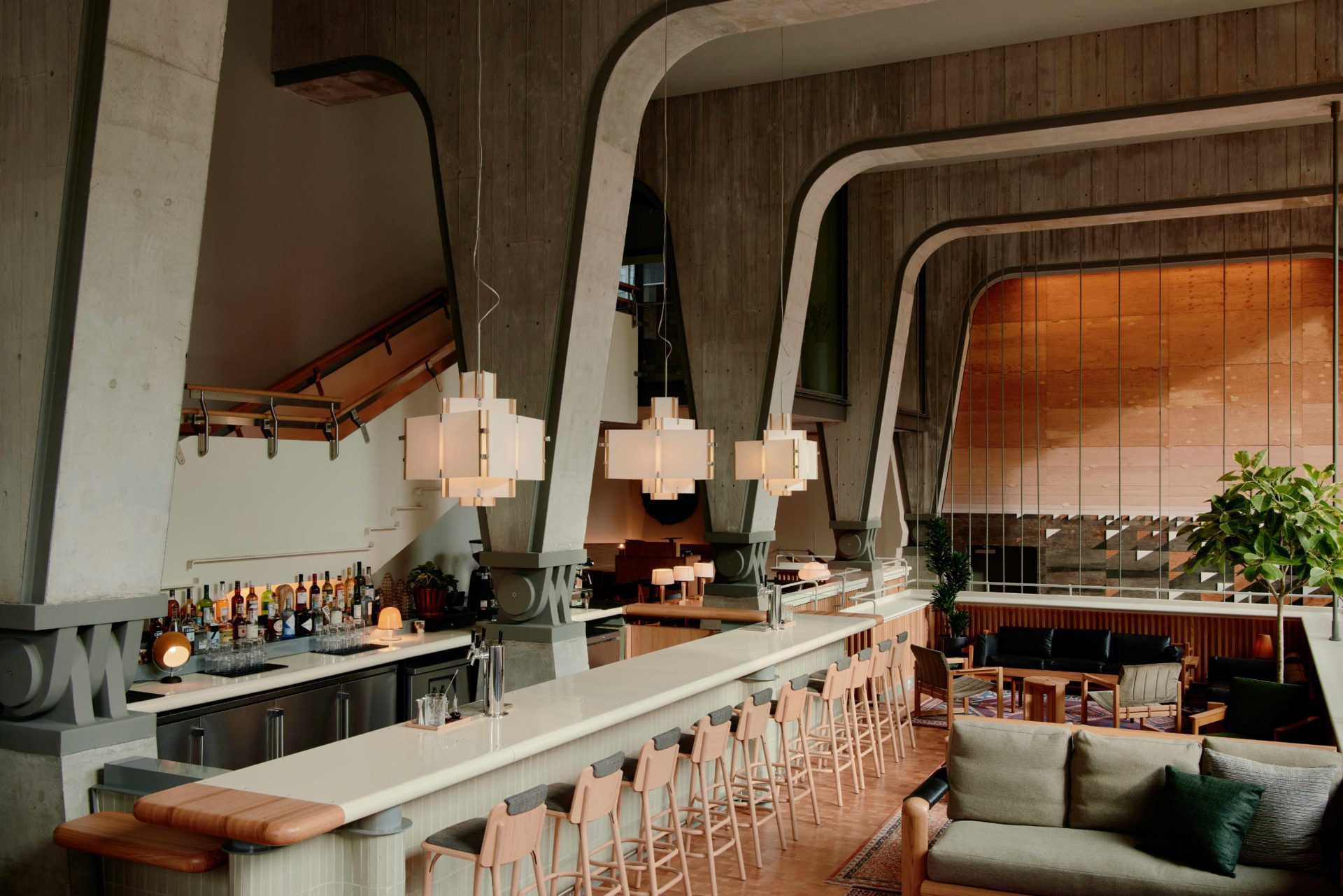 |||
|||
It’s not just what’s inside the office that counts – a growing workforce expects their workspace to encourage collaboration outside its walls, writes Jeremy Myerson
Workplace design has become highly skilled in recent years in bringing the outside in. Biophilia, water features, entrance-level cafes, food courts, exhibit spaces, public viewing platforms and other elements have entered the interior mix to make the office feel part of something bigger. But now that smart thinking is focused on taking the inside out – about connecting the workplace to the neighbouring district as part of an ecosystem of collaborative innovation. It’s no longer enough to design the office interior with all the right social spaces. It’s just as important that employees have direct access to external public and cultural amenities, transport links, university research, entrepreneurs and startups, restaurants and retail.

The emergence of the innovation district as a wider frame for workplace design owes something to the rise of the millennial workforce. According to a study by Brickfields Consulting, people under 35 see their workplace as more than just a desk in the office; instead their workspace extends beyond the office walls into the neighbourhood and the wider city.
But the emphasis on the district scale is also a product of how innovation itself is changing. No longer do large organisations depend on internal resources to innovate – the fortress-like corporate R&D lab guarded by men in white coats is being replaced by more permeable and networked innovation settings, which are more open to collaboration with external parties.
Indeed, the term “collaborative innovation” is itself often interchangeable with “open innovation”. It refers to a process in which multiple players inside and outside an organisation contribute towards the development of new products, services and business solutions, and openly share what they develop. And you can’t do that from behind the closed doors of the corporate office.
Apple’s decision to support the launch of the iPhone by inviting thousands of external software developers to create applications for its new device, and share them online through the App Store, is a good demonstration of how collaborative innovation works. The whole idea is to enable large businesses to link their scale and resources with the ideas and agility of startups and specialists. Against this background, locating your business in an innovation district where the right connections can be made with agile partners, begins to make sense.
Of course, you can practise collaborative innovation at different scales. Many companies continue to favour internal innovation labs because they can control access, ideas and IP more easily. But these contained labs increasingly have a new design flavour with agile scrums, quiet zones and project rooms – and they involve a wider range of innovation players.
At a more permeable scale are shared hubs, which bring startups into the corporate organisation, effectively through a joint venture. This is becoming more prevalent in the financial services industry as a way to address fintech disruptors. This typology features member lounges, active lobbies, co-working zones, immersive exhibitions, incubators and boot camps.
The most permeable model is the district scale. It is here that the organisation can connect with university research centres, maker spaces, meeting spaces and other outsourced innovation services, within a dynamic, convivial and practical business landscape offering a strong hospitality dimension.
All three models feature in a new report, From Desk to District, by International Quarter London (IQL) in partnership with Worktech Academy. This discusses collaborative innovation in the context of IQL, a new Lendlease development at Stratford which aims to become east London’s leading innovation district as economic power and creative influence are shifting east.
The innovation district is termed “knowledge agora” in the report, updating the Ancient Greek term for an open marketplace for the 21st century digital knowledge economy. With its pod-like outdoor offices, digital connectivity and proximity to the things and people that can make innovation happen, IQL has been thinking hard about taking the inside out. For workplace designers, it could be time to turn their own thinking inside out.
Jeremy Myerson is a leading academic researcher, author and activist in people-centred design and innovation. He is the director of WORKTECH Academy, a global knowledge network looking at the future of work, and holds the Helen Hamlyn Chair of Design at the Royal College of Art.
Increasingly, it’s not just what’s inside your office that counts, says Jeremy Myerson































